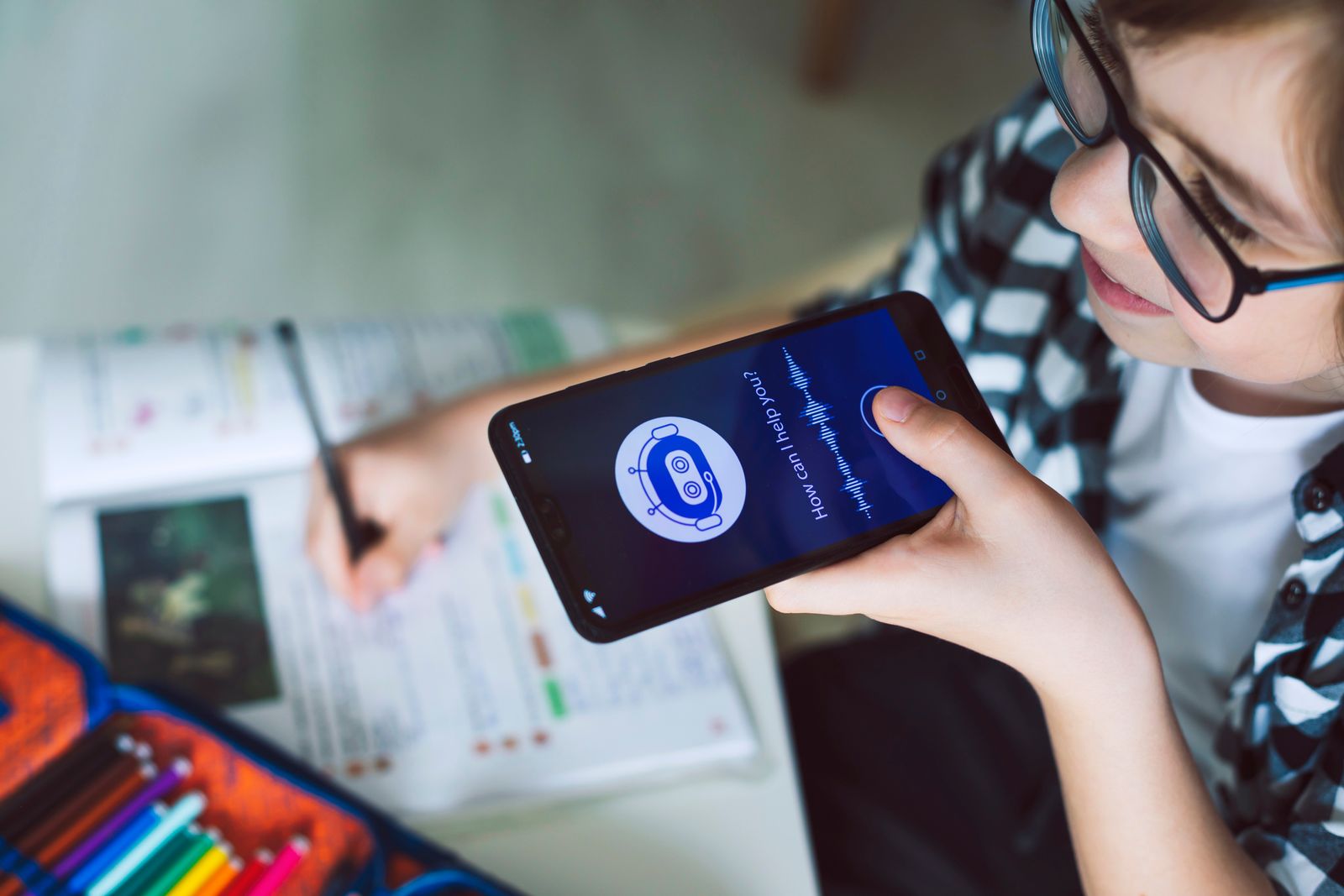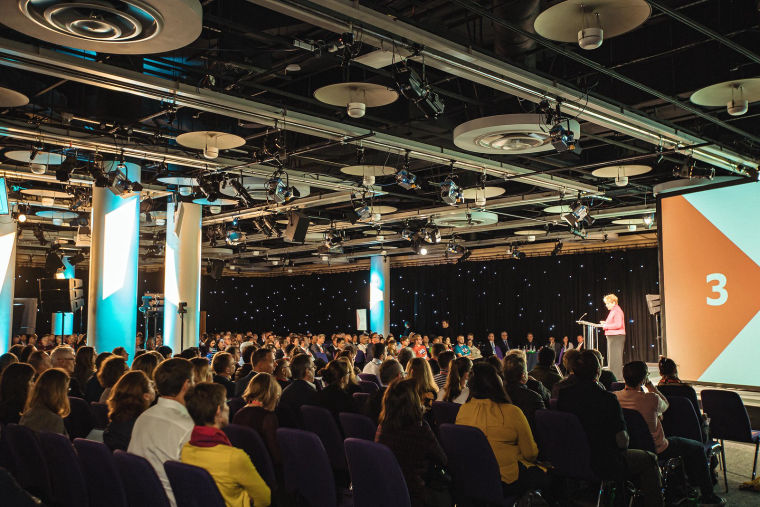Insight, Reimagined: How AI + Humans Takes Us Beyond Research
AI offers the chance to transform our understanding and broaden our horizons. It not only streamlines value but also motivates us to elevate our standards and aspirations, encouraging us to reach new heights beyond the status quo.

Glancing at LinkedIn the other day, I noticed a recent insight industry conference had sparked some recognisably vocal commentary below the line; the crux of said debate being a warning against AI triggering the commoditisation of research and a self-destructive race to the bottom. It’s a familiar tune.
While we all continue to work through what AI means to us an industry, focusing on AI as an existential threat to insight is one I feel somewhat misses the point.
From where we sit, AI is an invitation to reimagine insight, not diminish it. Rather than automatically reducing value, it opens possibilities; a chance to raise the bar, not lower it.
The AI genie is very much out of the bottle. But far from making researchers irrelevant, it gives us a real chance to think differently - about what insight is, how it gets done, and the role we play.
If we embrace it, if we get smart about putting humans in the loop (to quote the well-worn phrase), AI can take insight somewhere more creative, more useful, and, yes, even more human than before.
We’re not looking at the end of insight. We’re looking at the start of a new era.
More than efficiency.
The first step is to look beyond efficiency.
Yes, AI can make things faster. It already is. Auto-tagging, summarising, streamlining, all useful shifts that buy time and cut donkey work. But these are no longer radical - they’re the price of entry.
And if efficiency is all we use AI for, we’ve missed the real opportunity: better insight, not just faster tasks.
AI offers more than speed; it can unlock entirely new ways of working. This is a space where we can all thrive.
A silver bullet?
One thing that’s quickly emerging is AI’s capacity to solve problems that have challenged the industry for years:
Audience access: Simulations, like Verve Intelligent Personas, engage hard-to-reach audiences, affluent, B2B, niche segments on demand.
Scale: Traditional qual and quant were bound by time and cost. Now we can test, learn and iterate more, at global scale.
Connection: Using solutions like Verve Maven, we can map meaning across surveys, social and cultural data-spotting patterns, white spaces and previously hidden truths.
Prediction: Simulations help model future scenarios and stress-test ideas pre-launch.
ROI: Rather than disappear into a SharePoint graveyard, Knowledge Personas keep data searchable, retrievable and alive.
Impact: Insight can land with more power; think rapid video reports, tailored outputs, on demand.
And yes, ok, fine… also speed: With simulations, real-time qual and quant is now possible. Ask a question and get an articulate, considered response instantly.
But this is more than fixing problems; addressing such macro challenges creates space for humans to do what we do best: interpretation, creativity and application to business challenges. AI becomes a feature we use for better insight.
Idea development, rewritten
Consider the impact creative development and testing, for example.
Traditional methods face challenges. Tight timelines. Ideas aren’t ready. Insight arriving too late. Testing becomes box-ticking-or worse, kills good ideas too early.
AI enables a different way:
We can now synthesize fragmented data across cultural, consumer, and social signals, context that traditional research would keep separate, to shape stronger briefs and sharper ideas.
With simulations we can do qual at the speed of thought. Test early-stage concepts before they’re fully formed, with zero risk and zero leaks. Explore with consumers from the start, enabling low-cost, real-time validation long before traditional testing would begin.
We can stress-test a campaign against multiple audience types say, a time-poor parent, or Gen Z shopper, all within the same afternoon.
And because it's fast and repeatable, we can go again: multiple routes, features, or messages in parallel, without delay. Build. Test. Improve. Repeat.
Importantly, this doesn’t replace involving real people in research, it sharpens the thinking before we bring them in. It complements and extends primary research. By the time we do a final piece of qual or quant, we’re working with better-shaped ideas.
That changes the creative rhythm completely. Faster AND better.
The magic is Human + AI Working Together
If this all sounds too reliant on AI, a reminder: AI doesn’t do this alone.
AI excels at what humans can’t: process vast data, spot patterns at scale, and provide consistent answers at speed. But it lacks empathy, emotion, and contextual interpretation.
Human researchers bring strategic framing, emotional intelligence, and interpretative depth. We curate exceptional inputs, ask the right questions, draw meaningful connections, and tell the story.
The future of insight isn’t about choosing between AI and humans. It’s about combining them. AI brings power and precision, humans bring purpose and meaning.
This is not about AI replacing us. It’s about AI working with us, expanding our reach, sharpening our thinking, and letting us spend more time on the work that matters.
A new standard for insight
The rise of AI doesn’t mean insight collapses into a sea of sameness. It evolves it.
Bringing the best of both worlds together, AI’s scale and speed with human understanding and cultural depth, you don’t just get faster insight, you get better outcomes, whether in brand, audience understanding, comms or innovation.
AI is helping build a new standard for insight. It elevates the entire research process- not commoditising but lifting it up.
And that’s a future in which we can all thrive.
As a senior insight specialist with nearly two decades of experience, I blend robust research with innovative techniques and cutting-edge technology to generate culturally resonant, future-facing insights for brands. As Executive Director at Verve, I lead our AI for Insight offer. With over 25 years in insight and data, I've developed solutions combining Cultural and Human understanding with AI's power, driving value-adding opportunities for clients and revolutionising insights discovery and utilisation.


